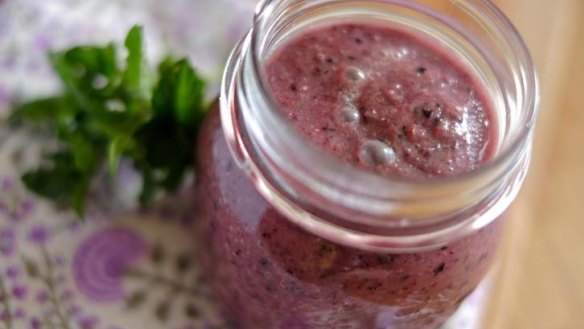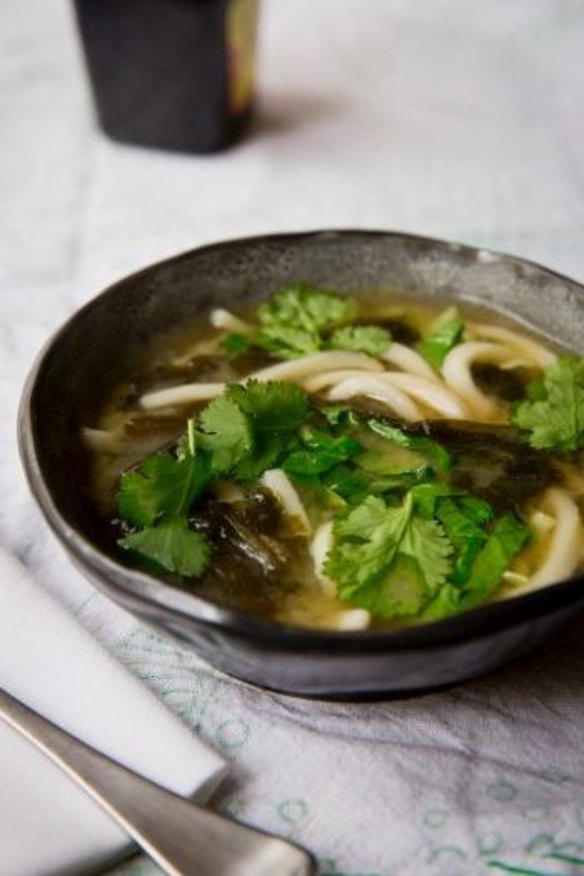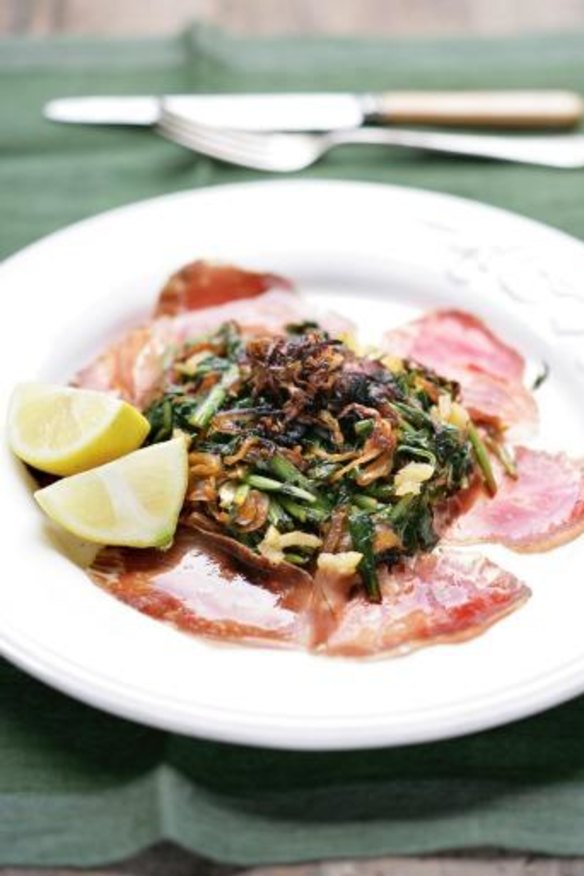Ten ways to eat more prebiotic and probiotic foods

The human gastrointestinal tract comprises over 100 trillion bacteria. These bacteria work to digest food, regulate metabolism and also provide protection from infection. Within this complex and diverse network, probiotics are the good guys. And prebiotics are the foods that can help this beneficial bacteria to grow, survive and flourish.
Here are some ways to incorporate them into your diet.
Probiotics

Many types of live bacteria are classified as probiotics. Most come from two strains known as lactobacillus and bifidobacterium and are commonly found in fermented foods.
Sauerkraut
Sauerkraut is made by salting and pounding cabbage, then leaving it to ferment for a period of time. During this fermentation phase, an acidic, sour-tasting environment is created within the kraut, and the beneficial lactobacillus and bifidobacterium strains in particular begin to dominate. Fermentation also increases the quantity of available dietary fibre as well as vitamin C and B. Sauerkraut is easily made at home. When purchasing it, look for brands that are unpasteurised and that don't contain vinegar (which inhibits fermentation).

Kefir
Kefir is one of many cultured dairy products that contain healthy lactic-acid bacteria. It can be made with milk from goats, sheep or cows. Compared with yoghurt, it contains a wider variety of probiotic strains, with a more intensely sour flavour. Kefir grains work as a starter culture by inoculating the milk with good bacteria and yeast, which preserves it for long periods without refrigeration. The "grains" aren't actually grains, and resemble small cauliflower florets.
Aged or unpasteurised cheeses
Many cheeses contain probiotics, as their low acidity and high-fat content naturally preserve lactic-acid-loving micro-organisms. The type and quantity of probiotics can vary with different types of cheese. Generally speaking, cheeses that contain higher levels of probiotics are usually well aged (such as Gouda or Edam), or made from raw, unpasteurised milk such as Roquefort.
Sour pickles
Pickled cucumbers are one of the most popular and well-known fermented foods. The vegetables are immersed in salt, water and a starter culture, and healthy lactic-acid bacteria are encouraged to thrive.
- Recipe: Adam Liaw's salmon with pickled cucumbers
- Recipe: Frank Camorra's trout with pickled cucumbers
Russian beet kvass
Kvass is a traditional fermented beverage popular in Eastern Europe. It is revered for its beneficial impact on digestion and for its frugal-friendly ingredients. Kvass was traditionally made from stale sourdough rye bread with the addition of dried fruit and water. It would ferment for a period of time into a bubbly, probiotic-rich beverage similar to beer but without the alcohol content.
Prebiotics
Prebiotics are the fermentable fibres that pass through the gastrointestinal tract intact and provide food for probiotics in the large intestine. While many types of soluble and insoluble fibres have a prebiotic effect, the main area of research has focused on non-digestible fibres such as inulin, fructo-oligosaccharides (fructans, FOS) and galacto-oligosaccharides (GOS). They can be found in several fruits, vegetables and grains.
Research into prebiotics has thrown up some mixed results. Many diets aimed at reducing symptoms of gastrointestinal disorders or irritable bowel syndrome such as the low FODMAP, GAPS and Specific Carbohydrate Diet now recommend avoiding some high-fibre foods as those high in prebiotic fibres can ferment in the large bowel and cause symptoms such as bloating and gas.
Chicory
The ground-up root of chicory is used for supplements and is often added to processed foods (yoghurts, cereals etc) for a prebiotic boost. Chicory leaves are a lesser source of prebiotics but they are a great source of fibre and can be useful in cooking. Cultivated varieties include radicchio, endive and sugarloaf (which looks similar to cos lettuce), however the wild variety has the greatest source of the prebiotic inulin.
Miso paste
Miso is considered to have both prebiotic and probiotic qualities. Soybeans have the highest level of oligosaccharides compared with any other food, and the oligosaccharides in soybeans have been found to promote the growth of probiotic bifidobacteria in the colon. Miso is made by fermenting soybean paste with salt and a mould-culture known as koji.
It is available at most health food stores, but look for traditionally made, unpasteurised varieties. For cooking, it is best added to hot (but not boiling soup). If the temperature is too high, it will kill off some of the beneficial bacteria.
Berries
Recent research on berries has shown that they contain high levels of polyphenols. These are naturally occurring compounds which act in a similar manner to prebiotics and have been shown to interact with beneficial species of bacteria in the digestive tract and help them to multiply.
Berries are also an excellent source of antioxidants and soluble and insoluble fibre, which can also benefit digestive health. All types of berries, whether fresh or frozen, contain polyphenols.
- Recipe: Jill Dupleix's muesli with apple, yoghurt, whey and berries on the side
- Recipe: Arabella Forge's mint and blueberry smoothie
Jerusalem artichoke
These are an excellent source of fibre, and also contain good amounts of resistant starch and inulin, which are known to have a prebiotic effect. It's worth buying Jerusalem artichokes as fresh as possible, as during storage time, this inulin converts to fructose. While this conversion gives the artichokes a sweeter, nuttier flavour, for a higher prebiotic content fresher is better.
- Recipe: Jill Dupleix's honey-roasted Jerusalem artichokes
- Recipe: Warm potato and Jerusalem artichoke puree with pita
Dandelion
Dandelion root contains up to 25 per cent of the inulin prebiotic. Ground up, it is a popular addition to fibre and prebiotic supplements. It's also the key ingredient in dandelion root coffee. Dandelion leaves are also an excellent source of fibre and have long been revered for their medicinal properties. They contain a wide range of vitamins and minerals including vitamins A, C, and K, as well as being a good source of calcium, potassium, iron and manganese.
The best recipes from Australia's leading chefs straight to your inbox.
Sign up